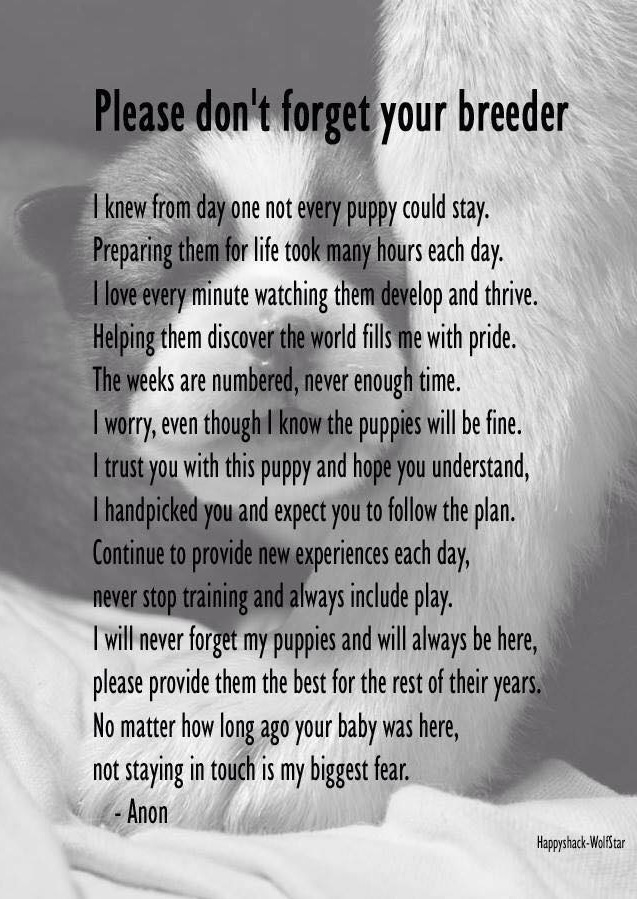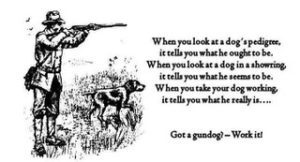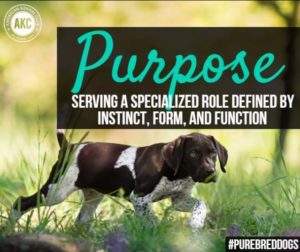The following was a post I made to the English Cocker email list on January 17, 1997 in response to a discussion of correct structure for the breed:
I, too, have been trying to keep out of this discussion, but I can’t help but notice the general lack of reference to “why” a Cocker should have the traits it should.
First off, I must emphasize that a dog loaded with heart will work til they drop regardless of how they are built (which is basically how field breeders breed). Proper build for the job, however, will determine whether that dog drops after 1 hour or 8 hours, or hunts to 6 or 7 years of age (until arthritis creeps in) or until it is 14 or 15.
If you go and look at field dogs you will notice something quite consistent from dog to dog (aside from the diverse and “off” types), regardless of bloodline:
Chest and shoulders
I have seen, granted a fairly small sampling (about 25), field bred English Cockers (but a LOT of field bred English Springer Spaniels) and have seen precious few with poor shoulder layback or that lack depth, width, and forechest in front. Yes, a good many are way too wide, to the point of hampering front movement and/or contributing to bowed/fiddled fronts, but from a working standpoint, and I stress strongly the working part, I would much rather have a dog with too much chest than a narrow, shallow front. Why? Power, and lung and heart room. These field dogs weasel under and through cover like little bulldozers, are not the least lacking for agility, and go all day, even bowed fronts and all. And to see them swim!!! These dogs have the muscling/strength and proper front angulation combined with a moderately angulated and thickly muscled hindquarter to allow for ideal balance in the water (no wallowing here!) such that the dog can put full concentration on the swim rather than wasting effort keeping themselves upright. These dogs leave a rippling wake on a water retrieve.
Shoulders: We put a lot of emphasis on smoothness of shoulders in our showdogs, but scant concern for the layback or the angle of the upper arm. From a working standpoint this is a mistake. The working dog needs a good layback and to have their front assemblies well under them, not out in front of their chests. Why? The front is used to assist/pull the rear, grants leverage on fast stops and turns, climbing up and down embankments, eases the impact when jumping, and allows the dog to carry their retrieves high – and back into the shoulders if necessary. An upright blade reduces leverage and manueverability, causes hard pounding on the forequarters when jumping, and forces the dog to do all it’s retrieve work with the strength of it’s neck (kind of like doing heavy lifting with your back and not putting the weight into your knees). It hampers the swim as the dog more often than not has too much rear angulation for the front to keep up with and thus the dog wallows. In additon it’s harder for the dog to keep his head upright in the water…it’s forced foreward instead by the angle of the shoulder.
There are other concerns of structure that are also not being granted proper attention in the ring. We breed our show dogs with way too much leg. Leggy dogs cannot work low cover as a Cocker should. A good Cocker is square, not up in the air.
Many dogs have too high tailsets/flat croups. You need a slight curve in the croup to assist in manueverability. A flat croup grants speed and makes for a fast, flashy driving trot, but that’s not what they need when they work. They need manueverability, endurance, and strength, best granted by a slightly tilted pelvis and broad rump, good (moderate) angulation and moderate length of bones, not rears that stretch out to the next county. A Cocker rear need only have moderate reach and drive to go with their moderate structure.
Combined with a proper length of back/square overall build and a correct front, the front and rear in balance makes for a moderate reach and drive but a smooth and efficient moving dog that will have good maneuverability and be able run flat out when working rather than like a rocking horse, and can “go all day”.
Feet are a pet peeve of mine. Many of our showbreds’ feet leave much to be desired. Because they don’t matter much when the dog need only run up and down a kennel run or trot around a ring, they are given scant consideration when judging and breeding.
But picture the working dog.
As a dog, would you want to be running for several hours at a stretch on stoney and debris littered ground, through briars, ice and snow on thick padded, highly arched, tight, compact feet or archless, flat, splayed feet with scant padding? Anyone out there with poor arches on their own feet should be able to relate to this question!
Bad feet break down more quickly and put more strain on the leg and joints.
It disturbs me that it seems so little is ever discussed with regards to structure as it applies to function. We seem to forget that the function of the breed is a hunter –cover buster extraordinaire – not to just look good trotting around a ring. The standard was written with function in mind. If we aren’t going to breed to that ideal for that purpose, why bother having a standard at all?



